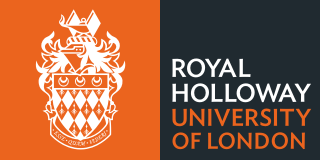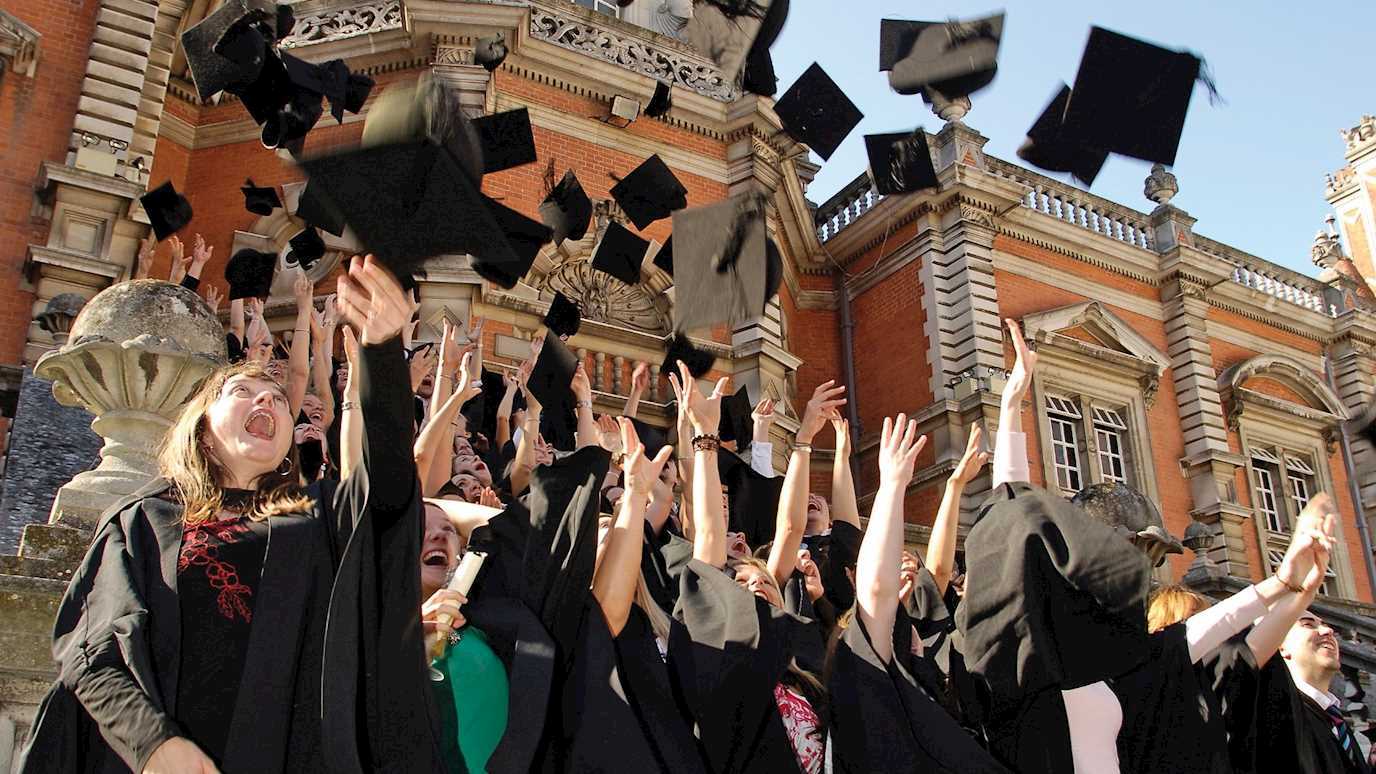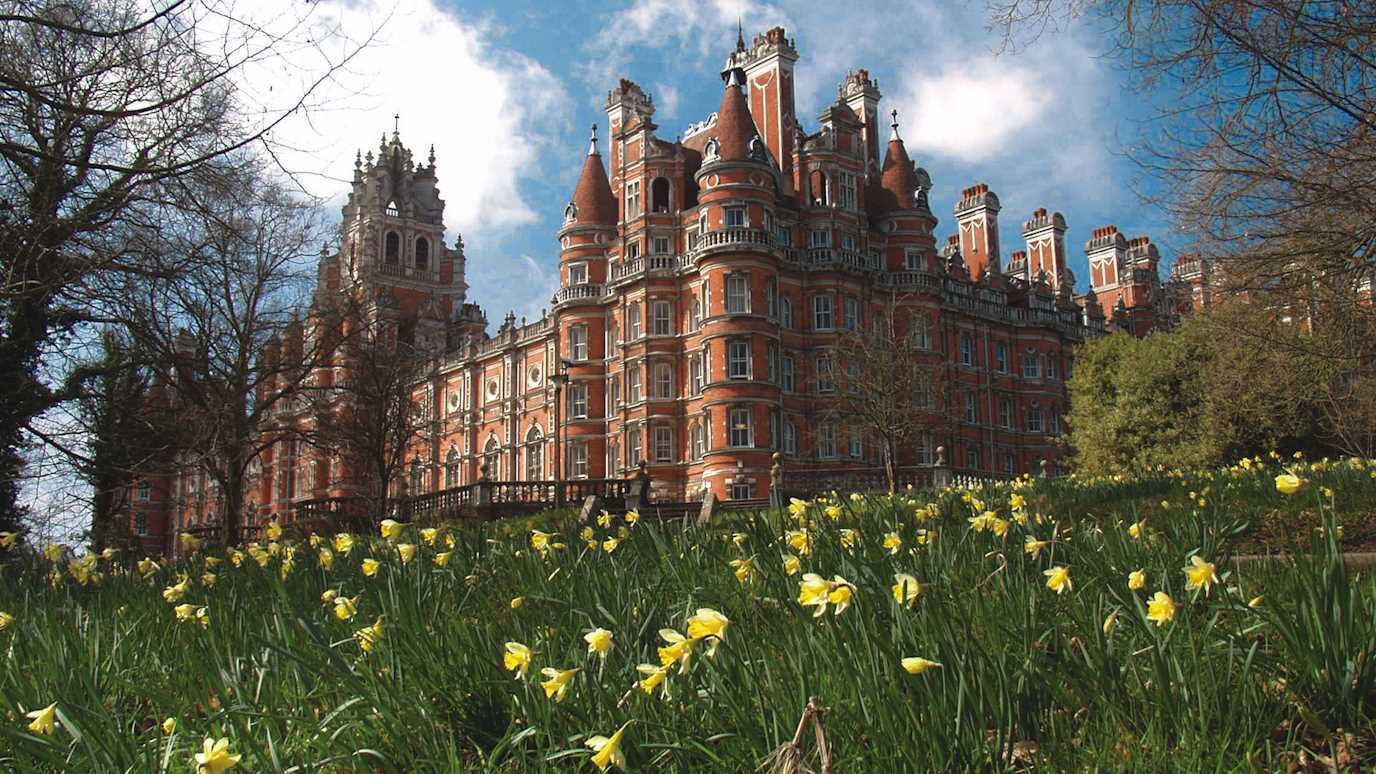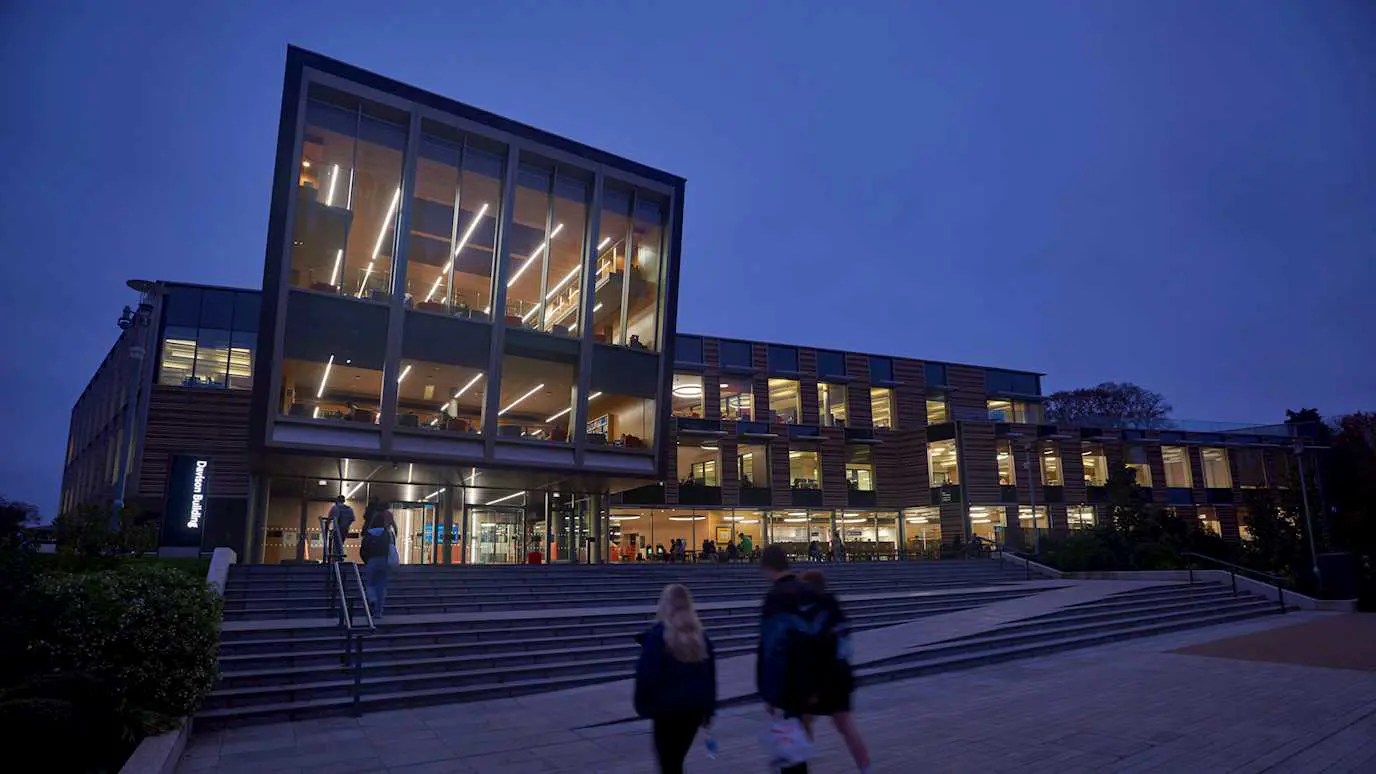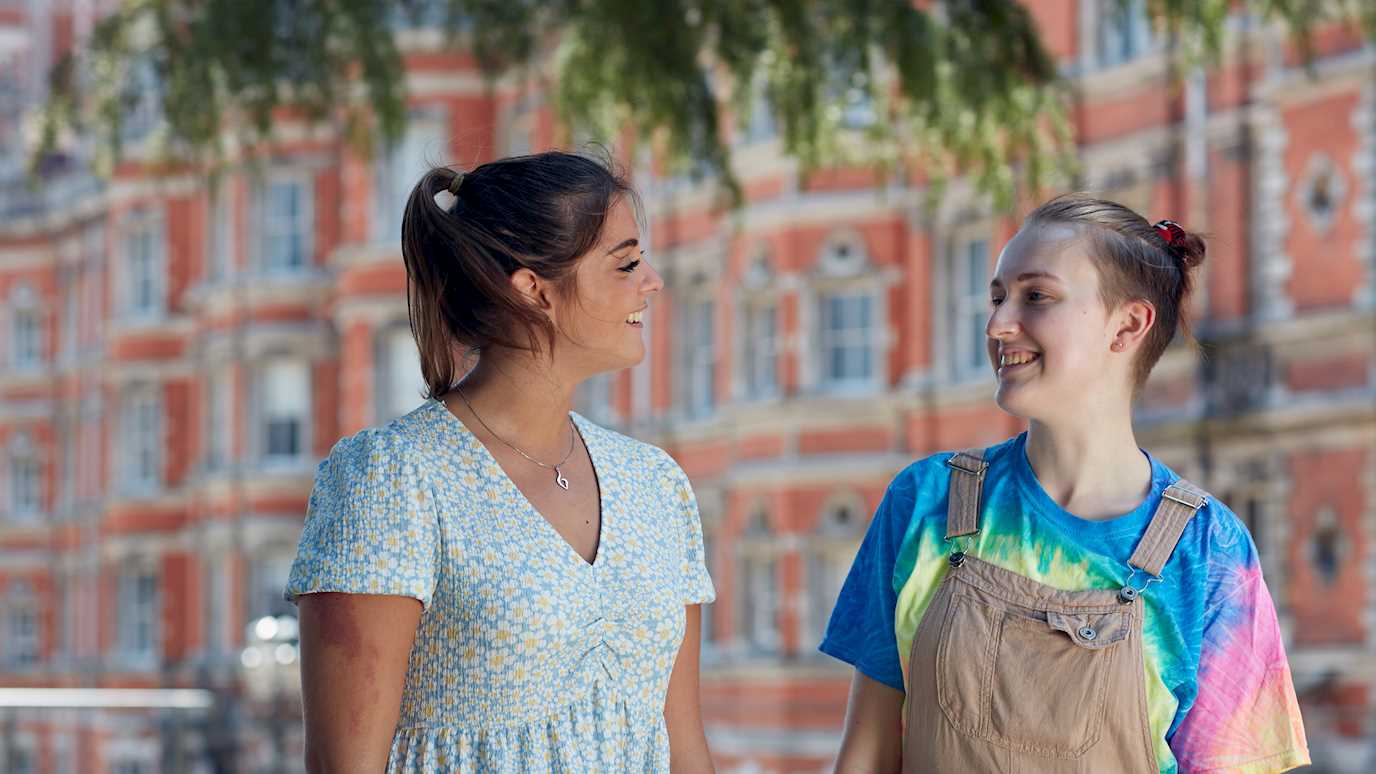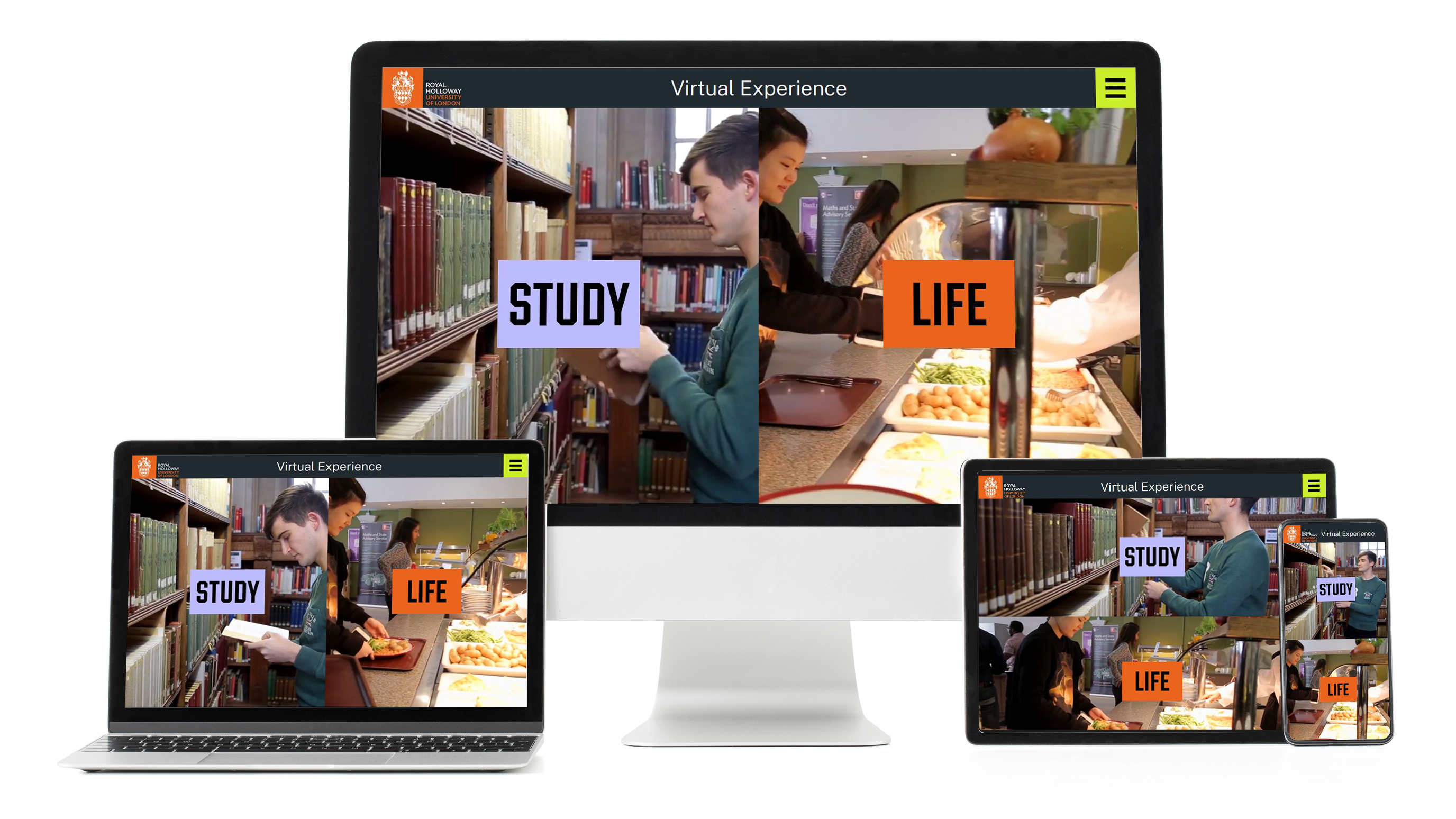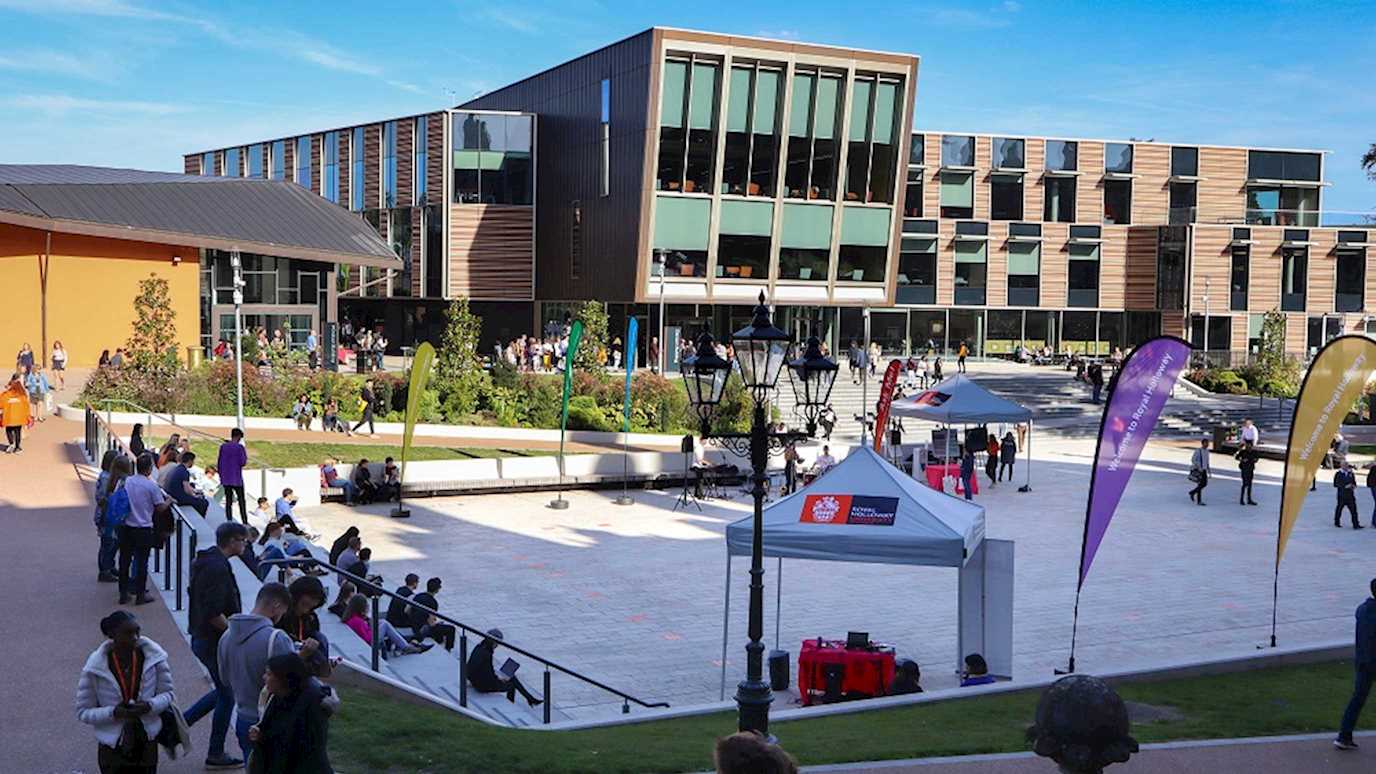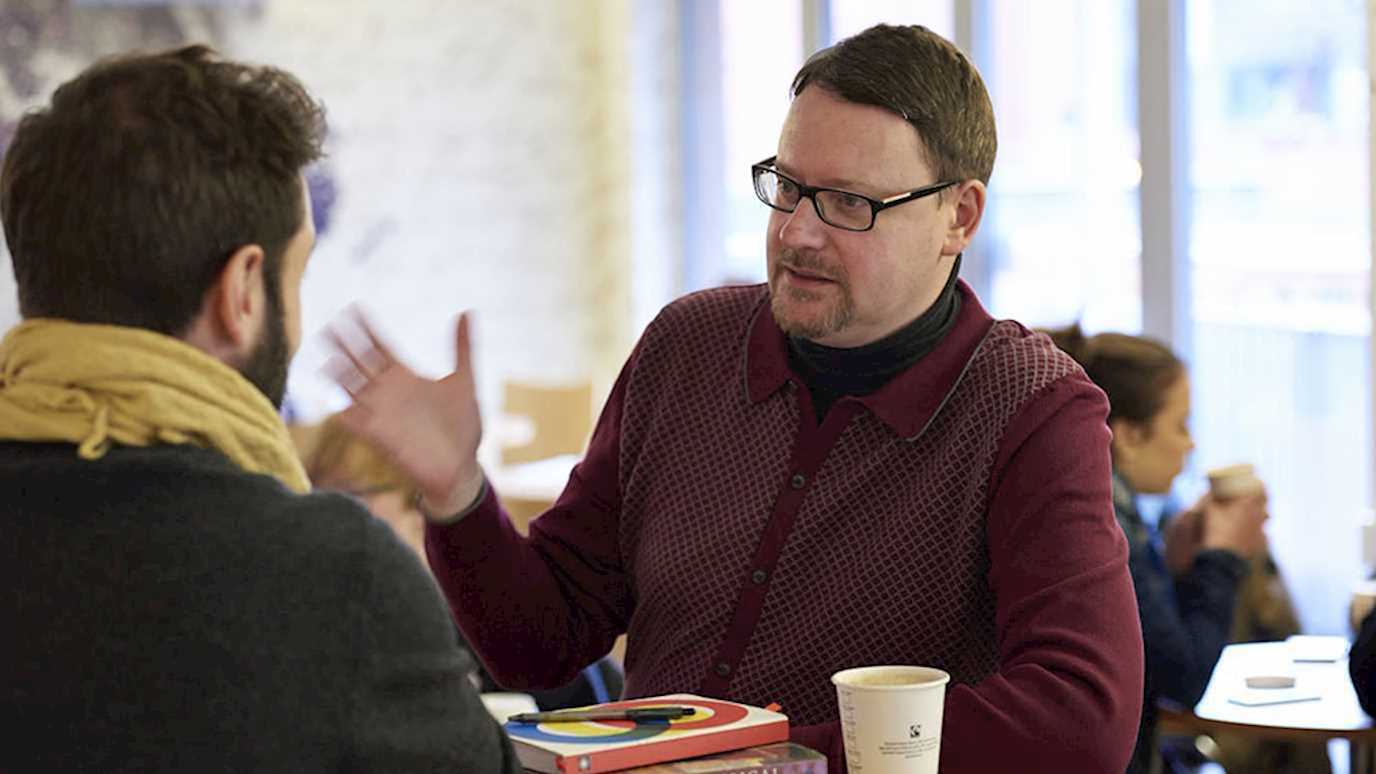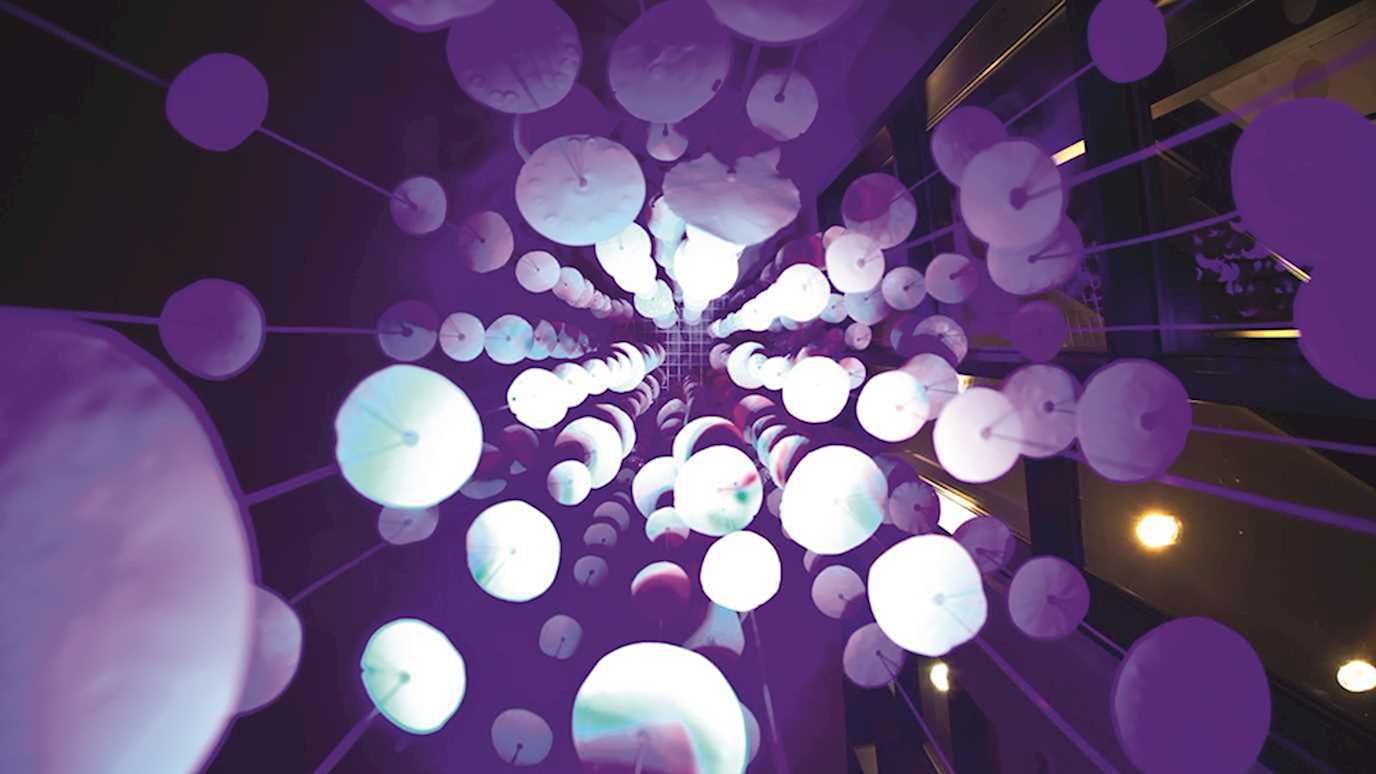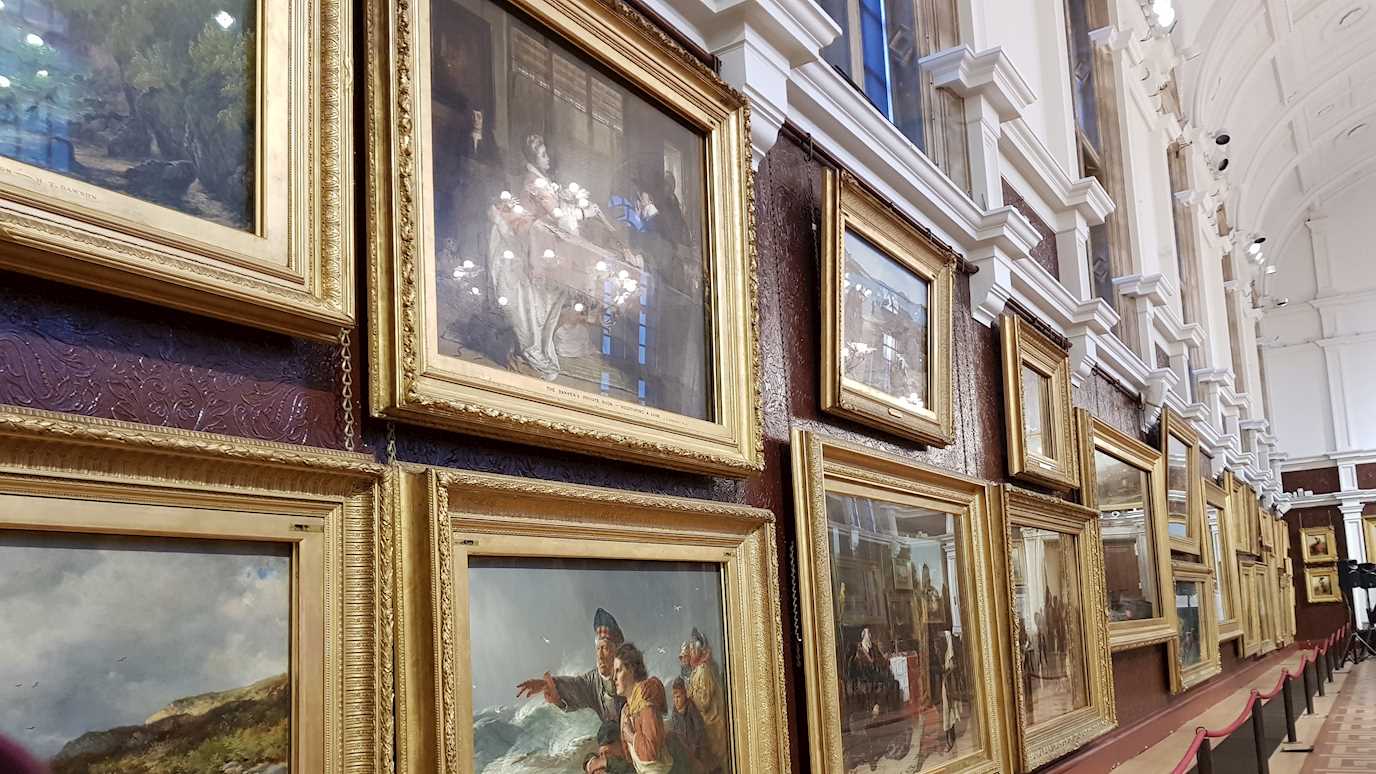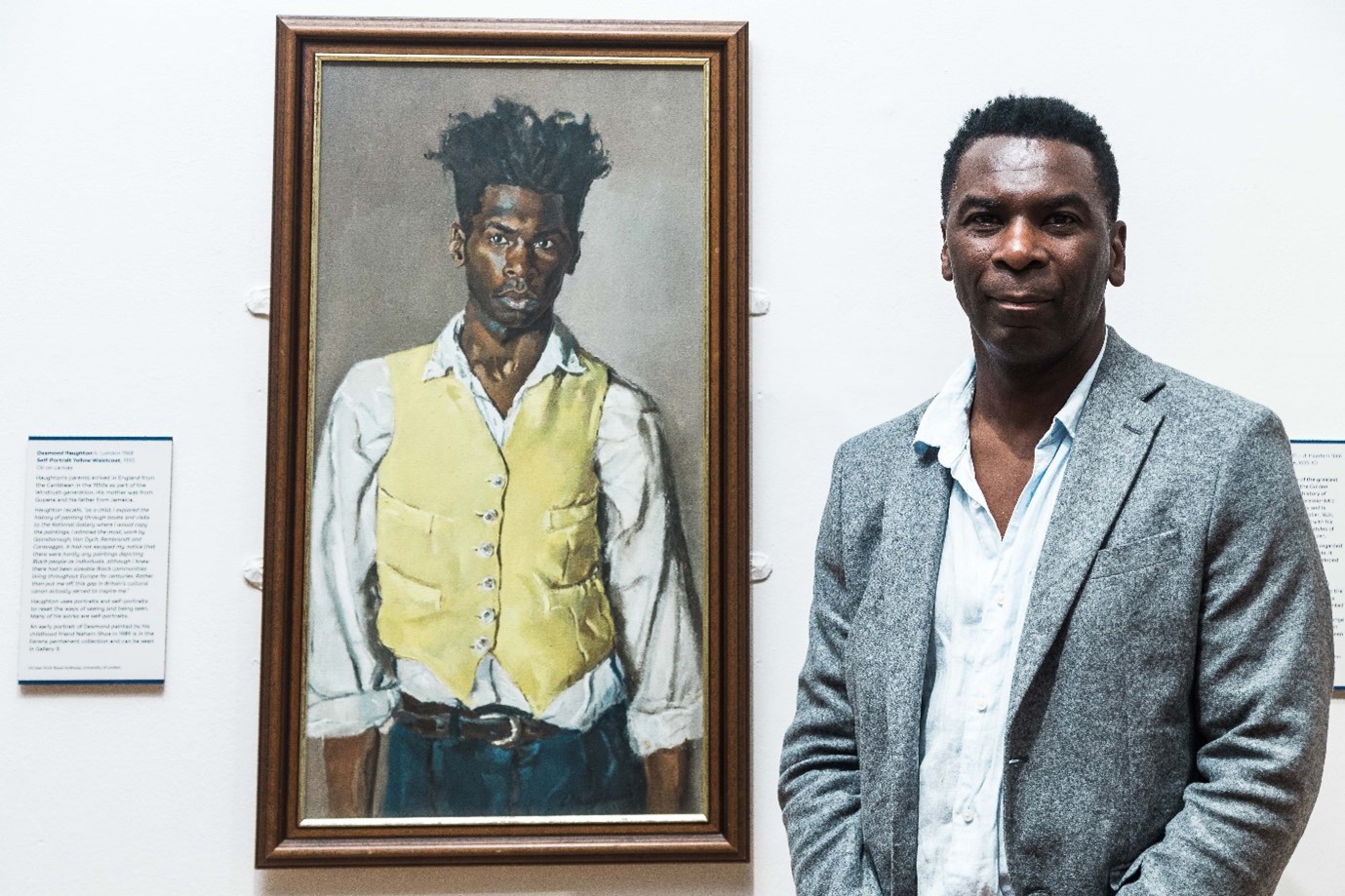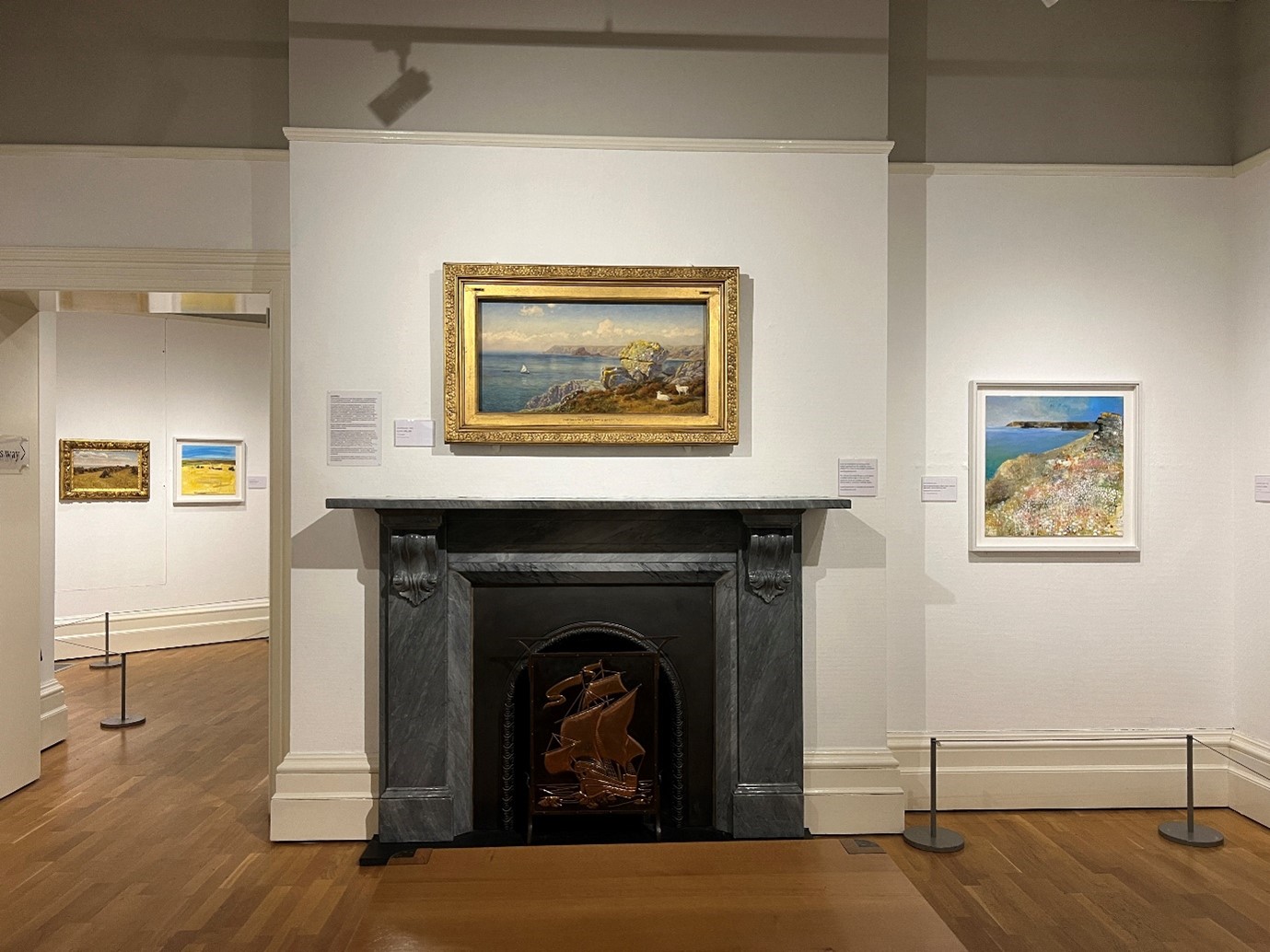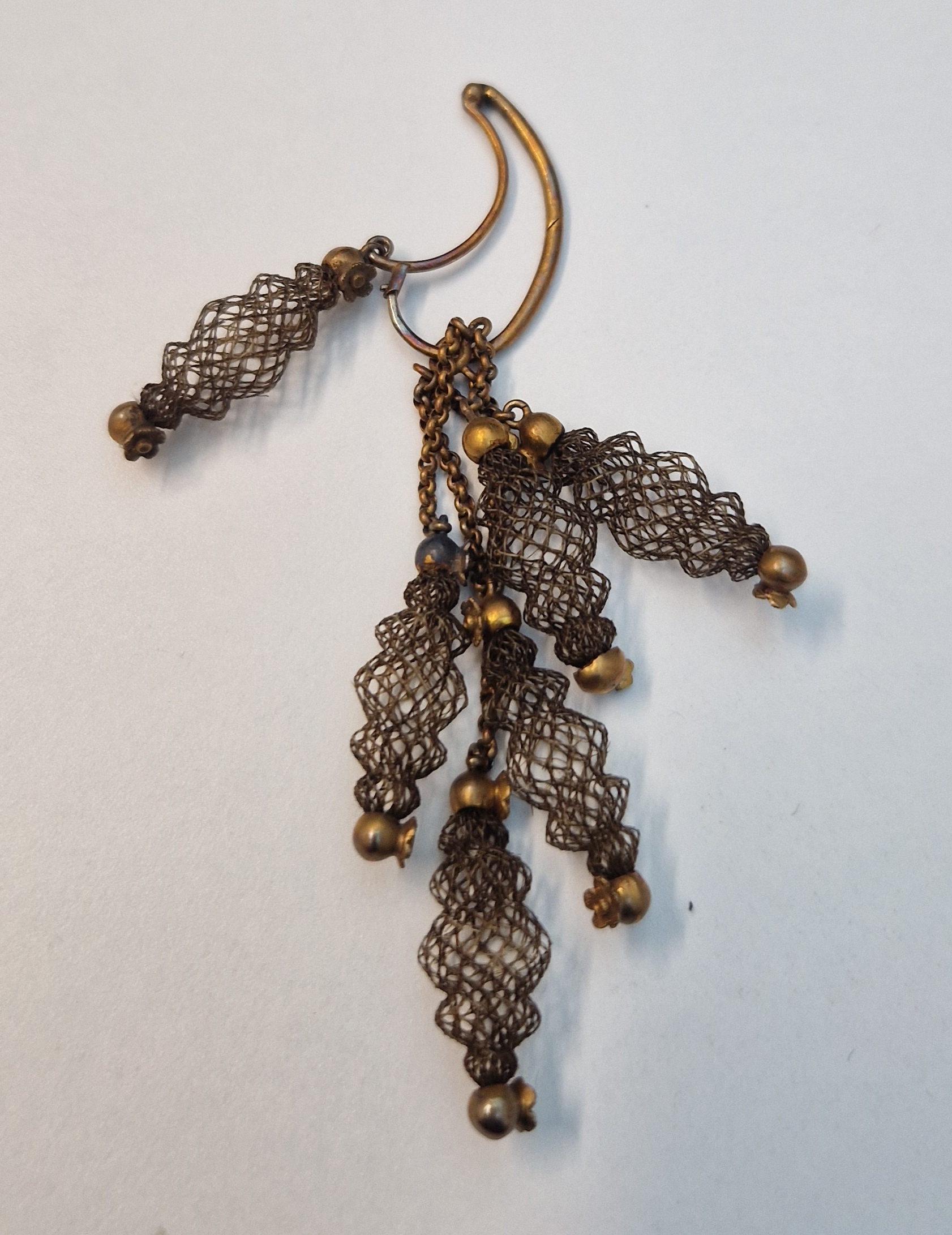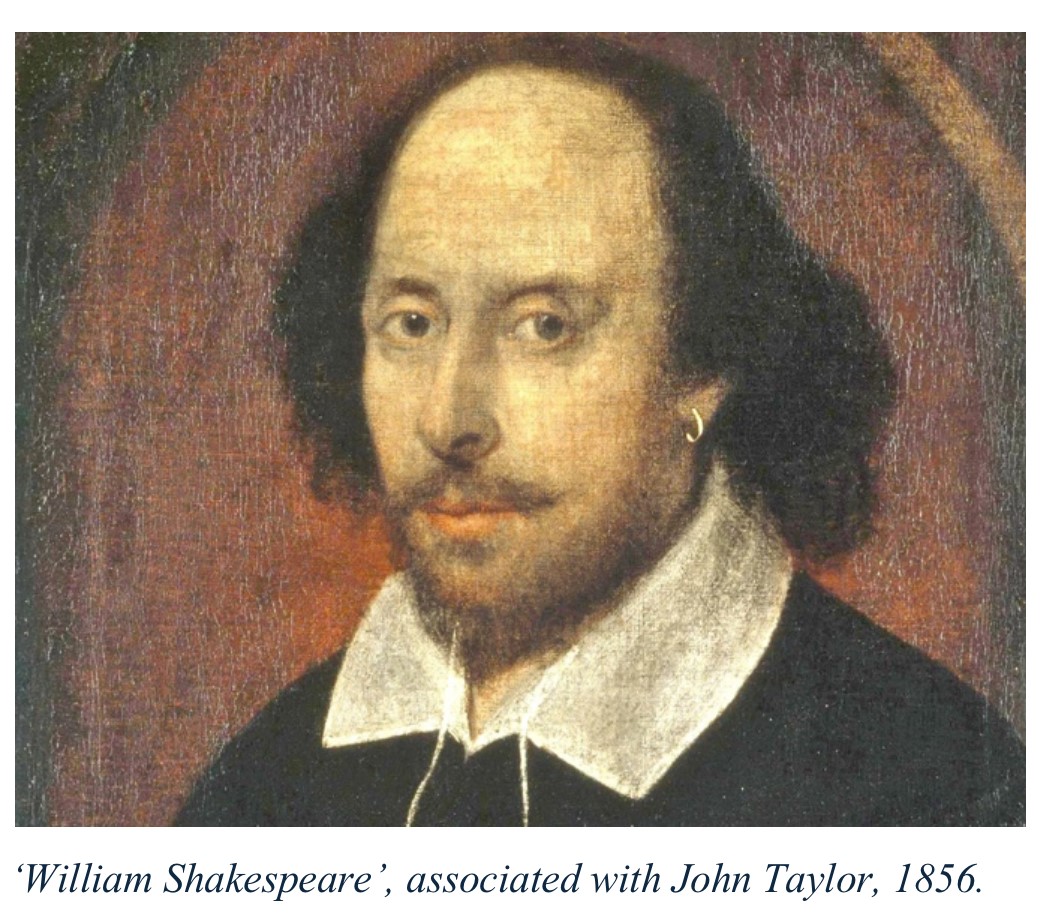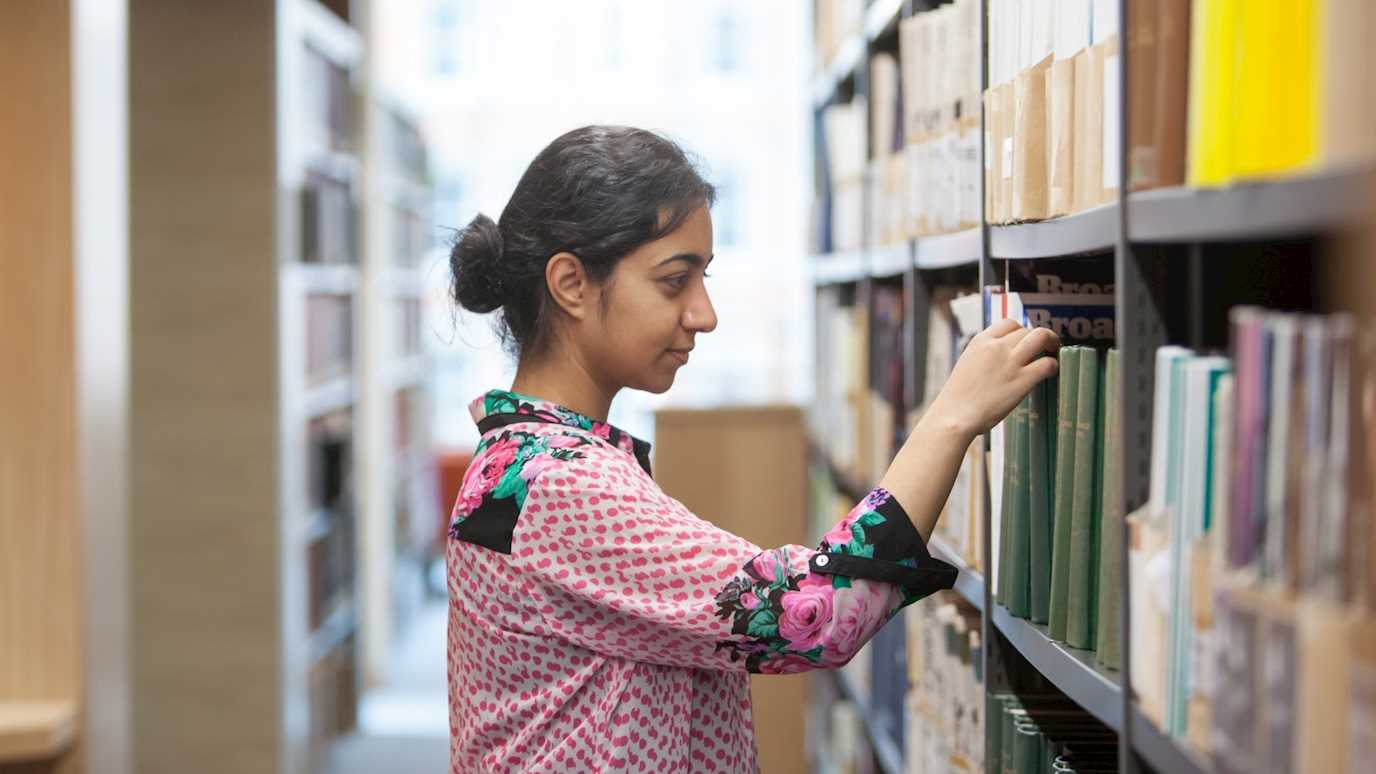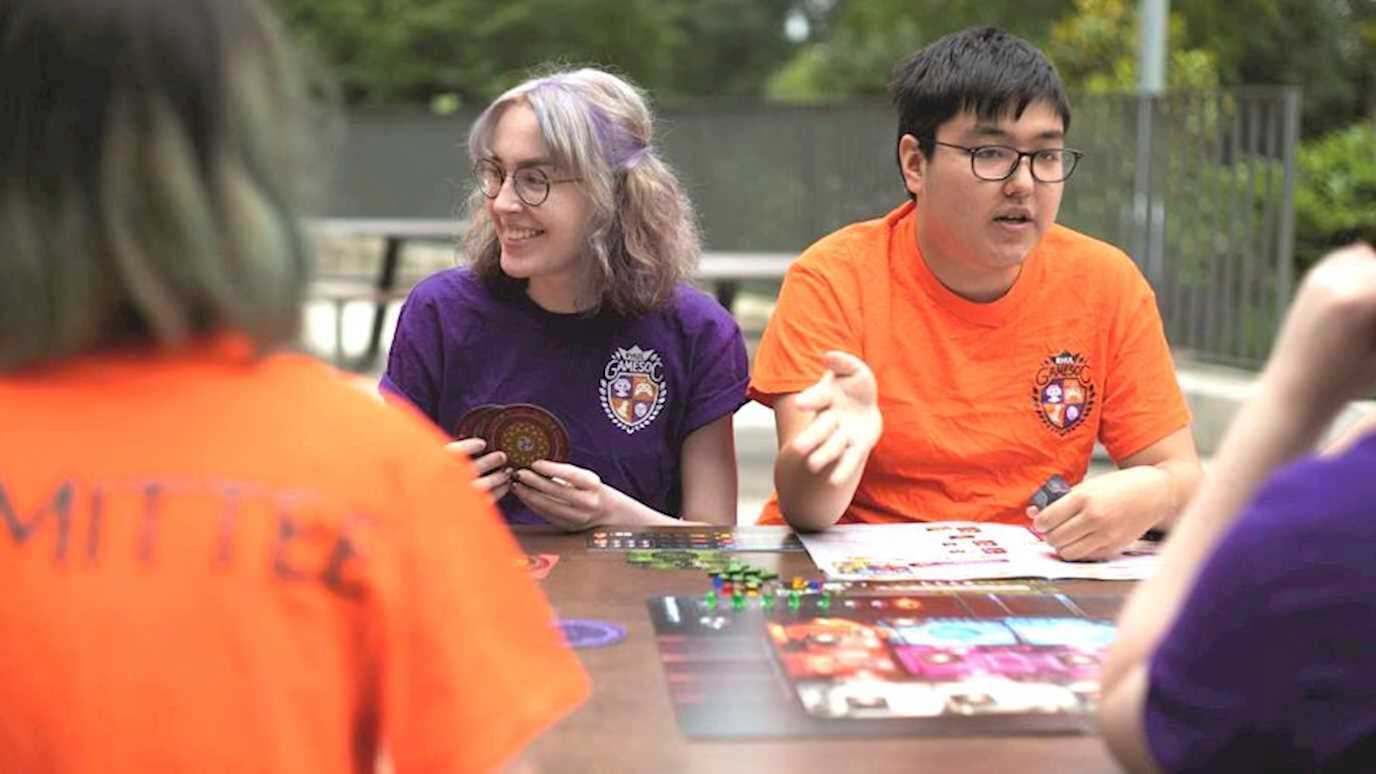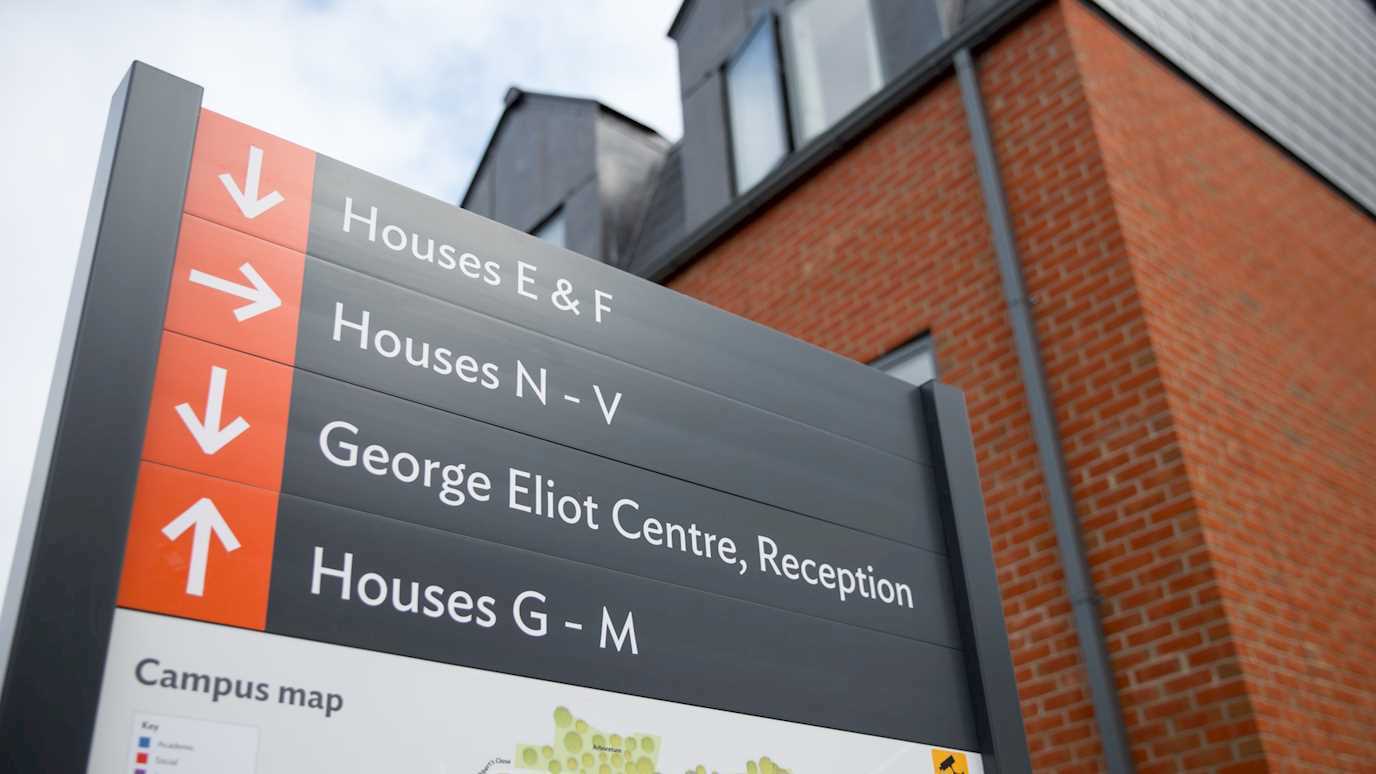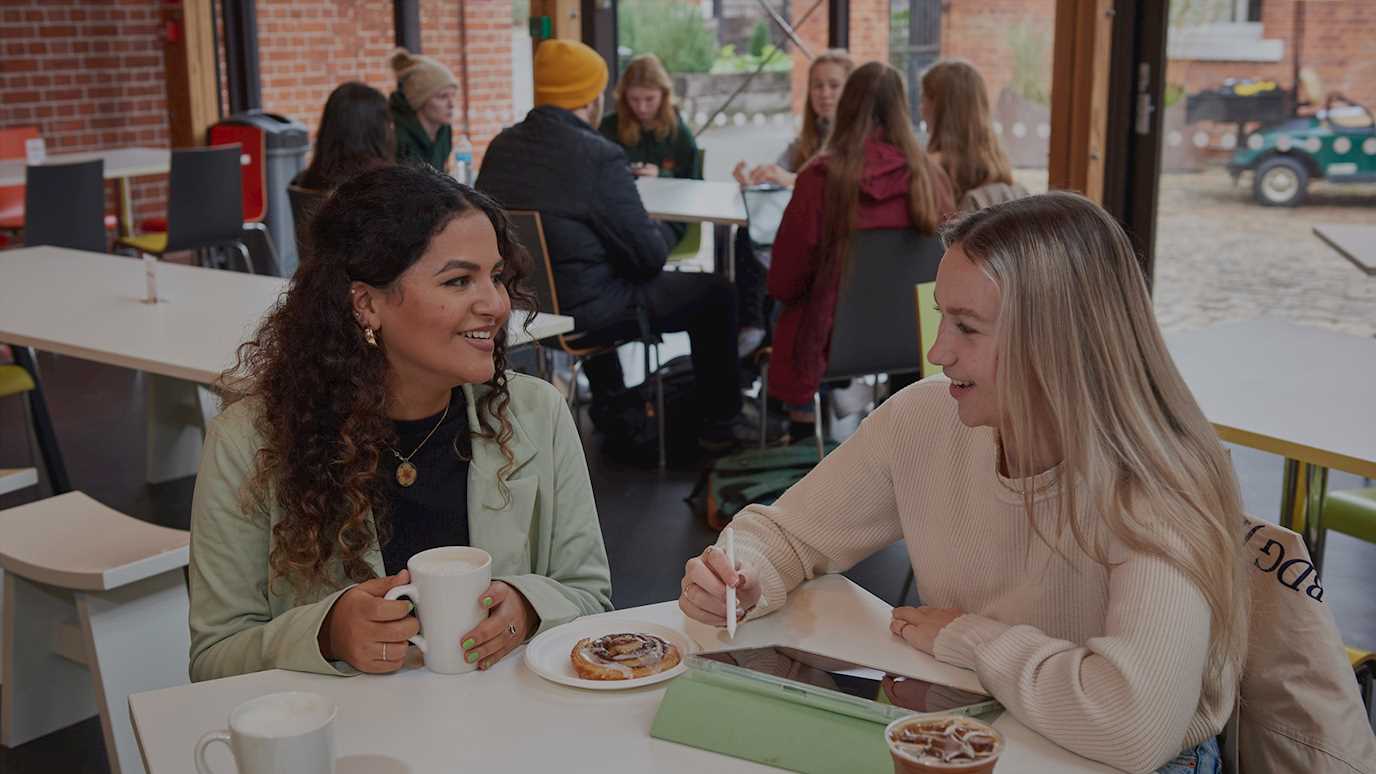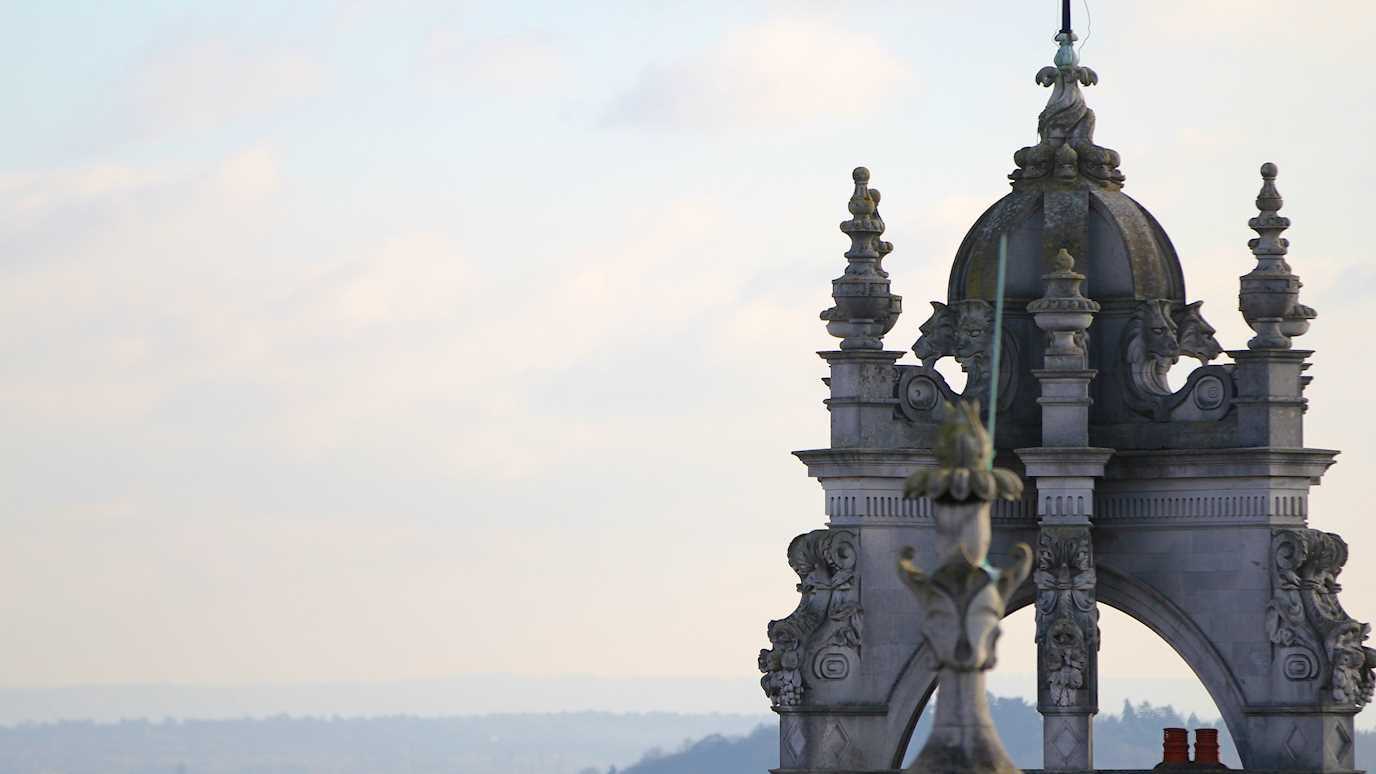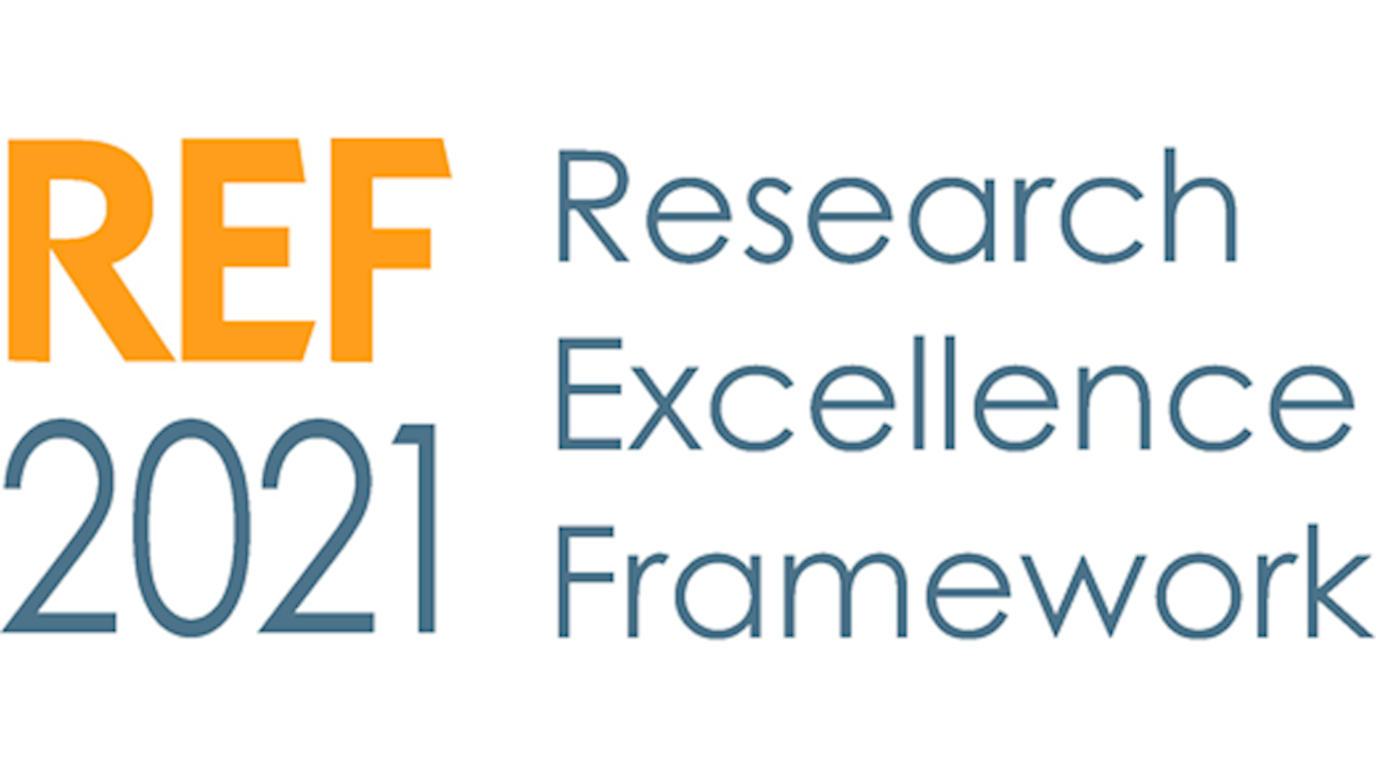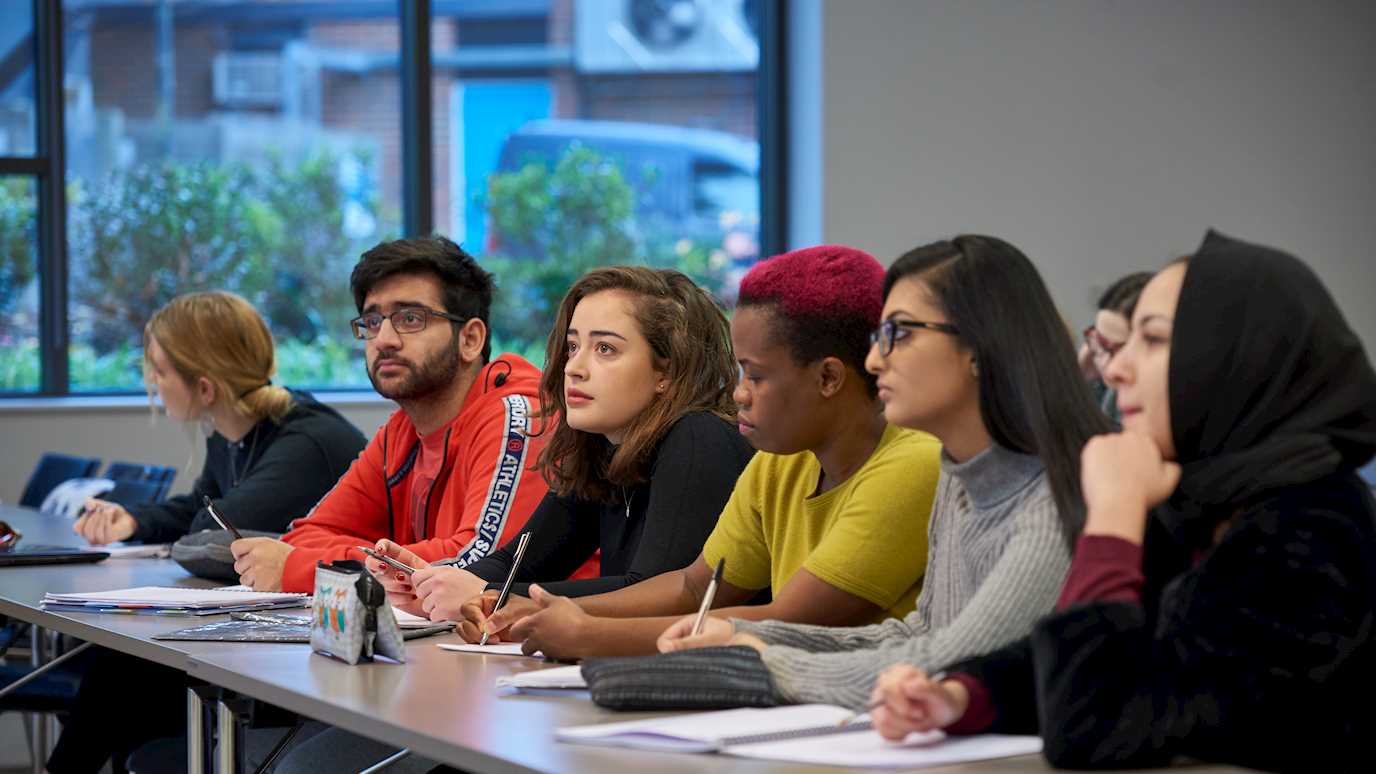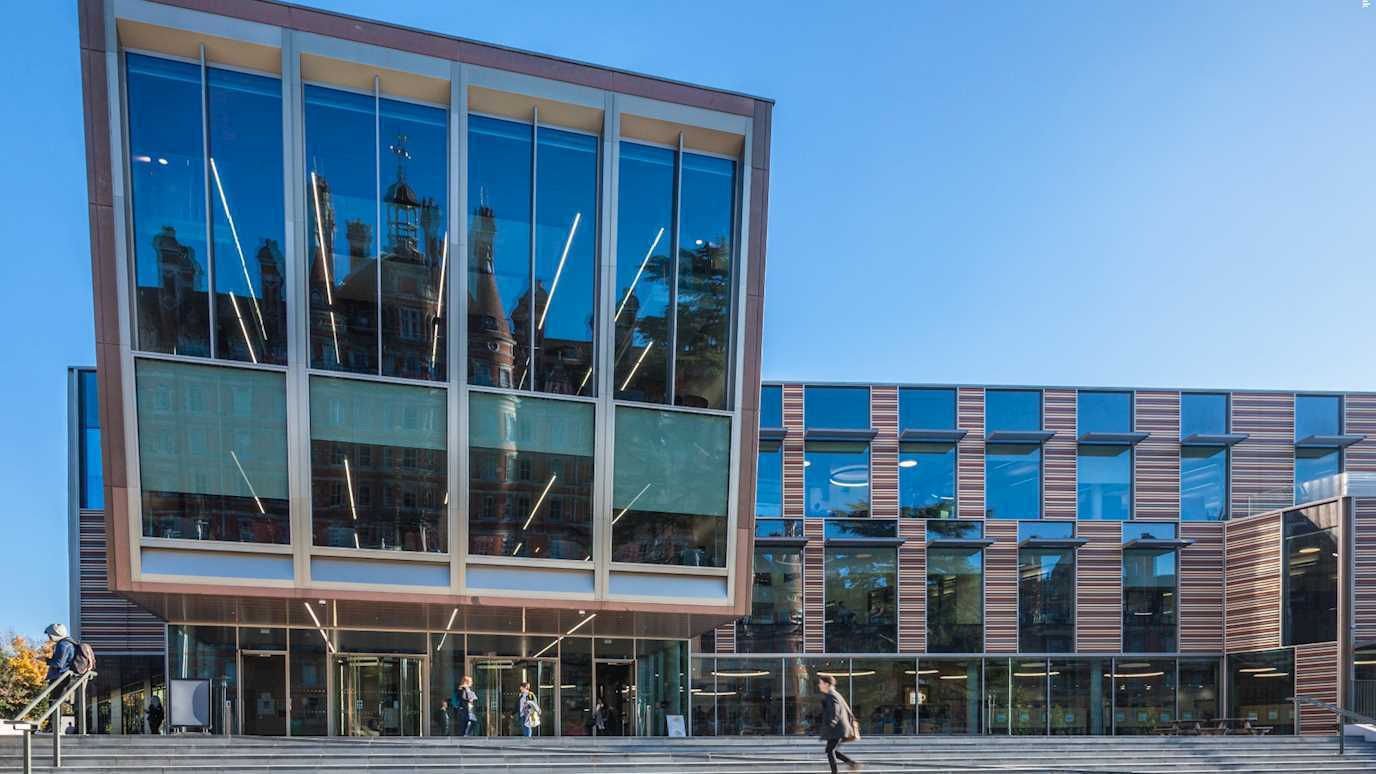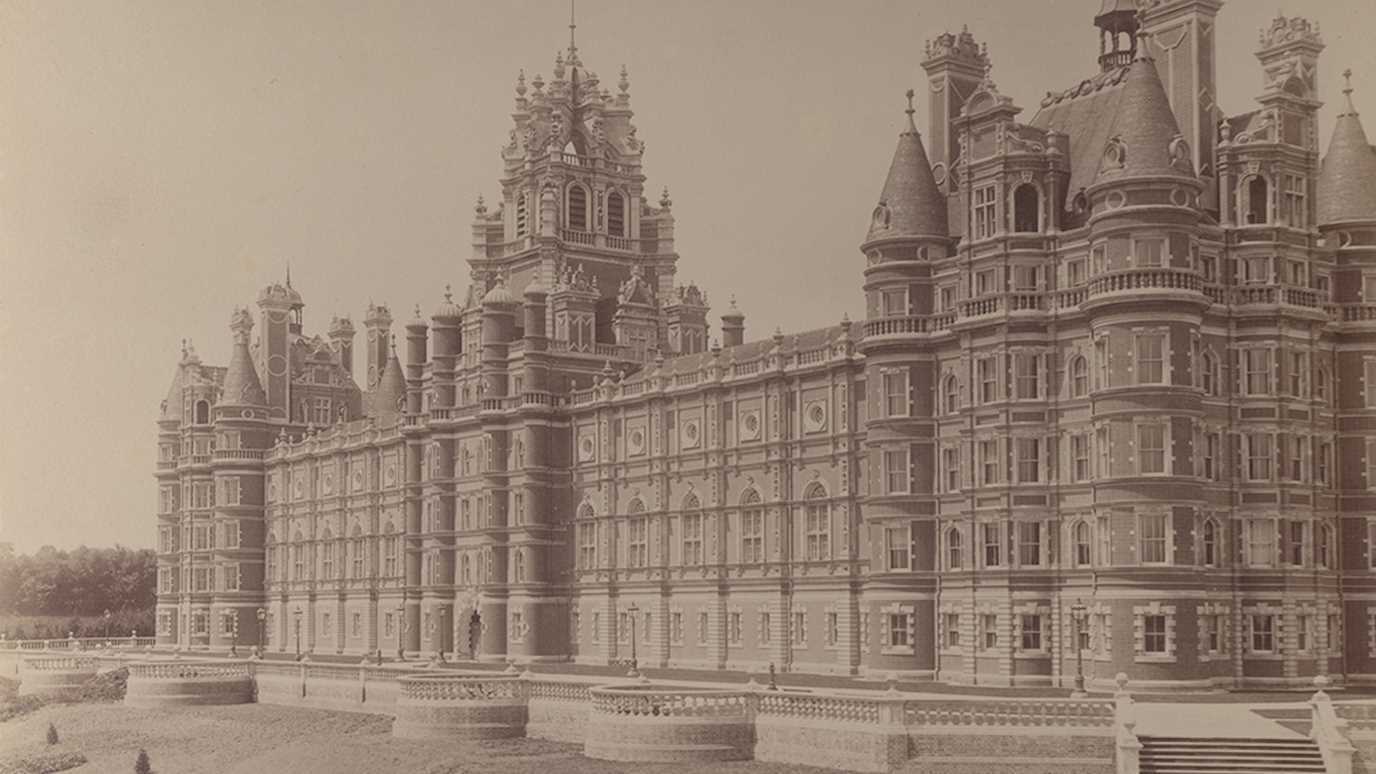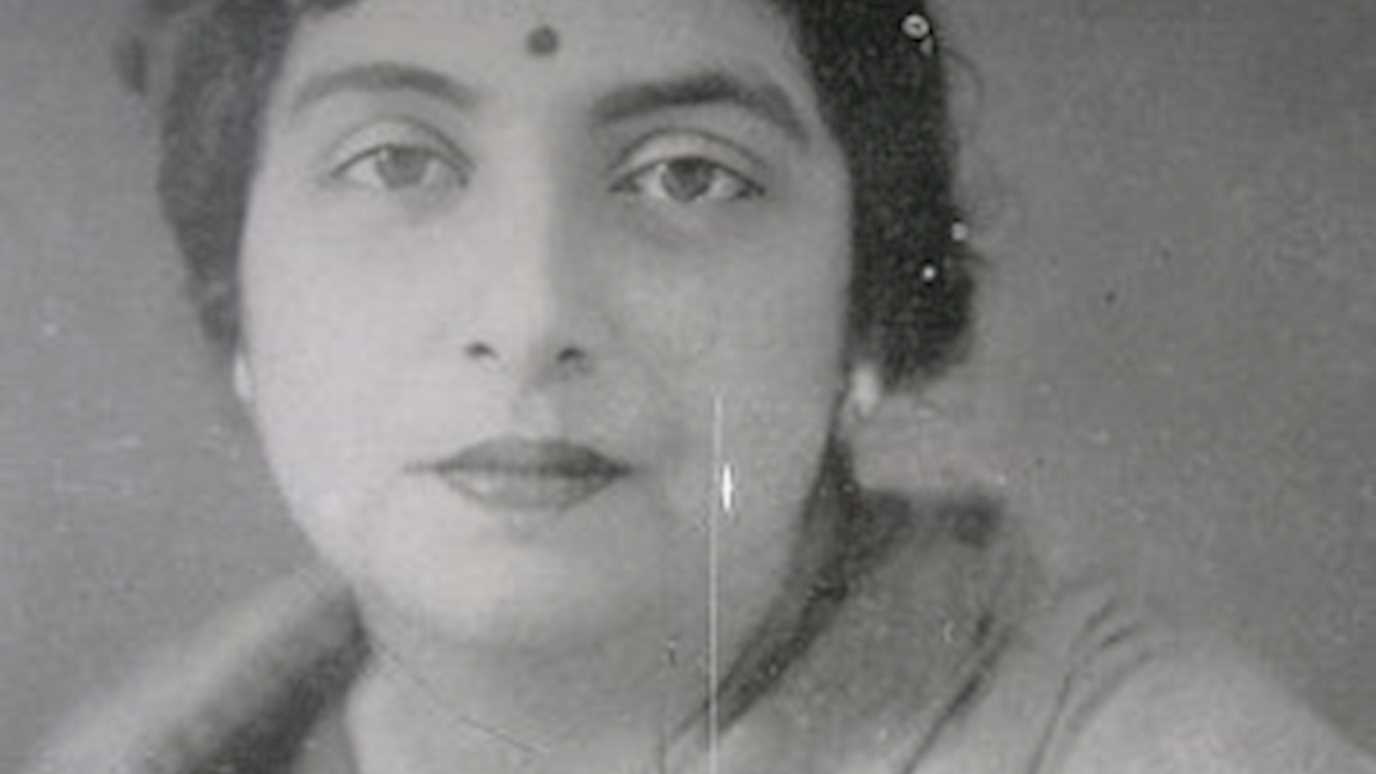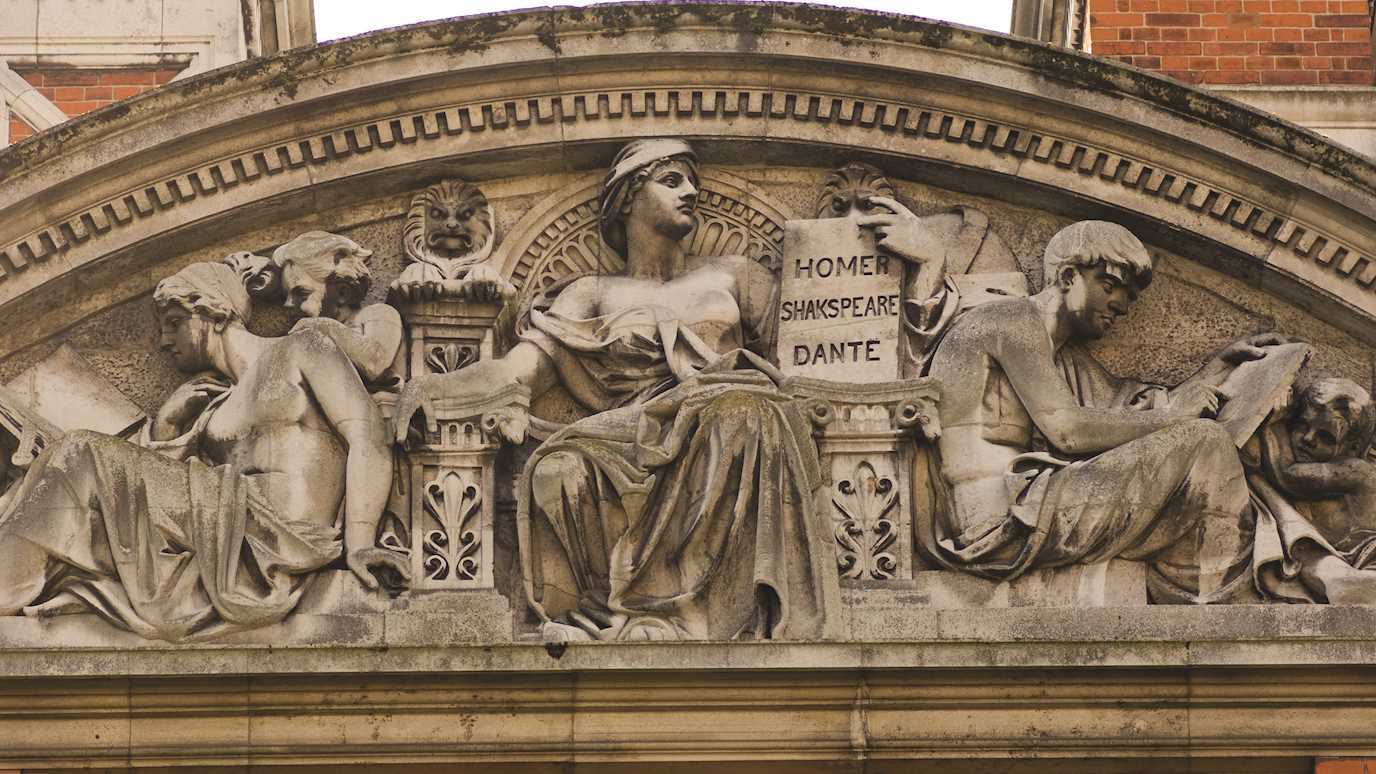One of the most impactful, and challenging, works in Royal Holloway’s Picture Collection is featured a star loan in the Royal Academy’s current exhibition Entangled Pasts, 1768–now: Art, Colonialism and Change.
This marks a significant homecoming for the picture, which caused a sensation when it was first exhibited at the Royal Academy, the leading society of British artists, in 1875. The complex painting, suffused with nineteenth-century narratives of empire, race, enslavement, and colonialism, represents an episode taken from the Histories of Herodotus, the 5th century BC Greek Historian. He described how, every year, in Ancient Babylon, girls of marriageable age were put up for auction, in the order of most attractive to least. The large dowries paid for the prettiest brides were used to compensate those who accepted less attractive spouses. In Long’s representation, the most attractive brides are marked by their lighter skin tones.
Entangled Pasts highlights such connections between Britain’s colonial histories and the art and artists that have shaped British tastes through Royal Academy of Arts since its founding in 1768 – at the height of Britain’s Atlantic trade in enslaved African people and coinciding with the official establishment of British rule in India. The show interweaves 100 historic and contemporary artworks, including by British artists of the African, Caribbean and South Asian diasporas, to demonstrate how art can function as powerful lens through which new and nuanced understandings of complex histories can emerge. Important questions are raised about the legacies of colonialism, and how they continue to form part of the fabric of everyday life.
As part of Royal Holloway’s engagement with the curatorial team behind Entangled Pasts, a visit with the Head of Cultural Services and one of the exhibition curators, Sarah Lea, was arranged as part of Dr Emily Manktelow’s history module ‘The Empire Strikes Back? Imagining and remembering Empire’. On that module, the students examine the ways in which the British Empire was imagined by contemporaries in nineteenth-century Britain, is remembered in modern Britain today, and indeed is re-imagined through speculative and science fiction. It also interacts with RHUL’s art collections to consider their imperial and colonial content. As such, the students had visited RHUL’s Picture Gallery at the start of the module, and studied this painting in detail and in situ. Seeing the artwork in its original ‘home’ at the Royal Academy was thus particularly fascinating, and the students found the overall context of the exhibition intriguing and provoking, really engaging with issues of race, identity and legacy in the history and present of the British Empire. The Babylonian Marriage Market’s positioning within the exhibition room on race and beauty was particularly revealing, reminding us that issues of race and identity were not only implicit in all nineteenth-century artwork and culture, but remain inextricable from British national identity today.
Entangled Pasts, 1768–now: Art, Colonialism and Change
Exhibition runs at the Royal Academy of Arts, Piccadilly, London, until 28 April.
Read Laura Cumming’s review of Entangled Pasts here.
Explore the exhibition online, listen to audio descriptions and creative responses, via the Smartify App.
